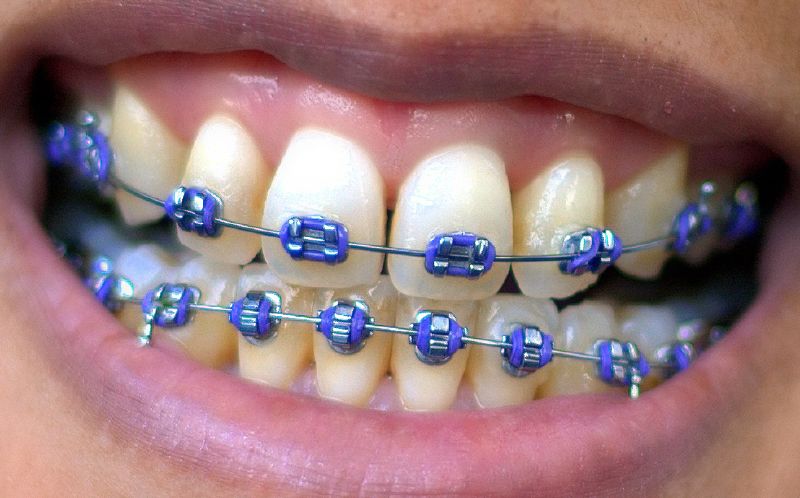Healthy looking teeth are something that’s desired by everyone. Whilst regular brushing and a good diet will go a long way to keeping your teeth looking healthy, it’s also worth knowing what cosmetic treatments are available to help improve the appearance of your teeth.
Below are some of the most popular treatments available to improve the appearance of your teeth.
#1. Teeth whitening
One of the most popular cosmetic dental treatments is teeth whitening. Whilst there are many teeth whitening products to buy online, it’s not always the best idea to go down the DIY route. Many of the home teeth whitening kits available to buy have a very high strength of hydrogen peroxide, which can actually be damaging to your teeth and cause side effects such as sensitivity.
This being the case, it’s always preferable to go to a dentist if you want to have your teeth whitened. Not only will a dentist be able to recommend the best type of treatment but they’ll also
#2. Dental braces
Braces are used to straighten teeth and ensure they are properly aligned. Braces can be fitted at any age but are most common in children and teenagers. The are different types of braces available, including metal, ceramic and lingual. Metal braces are the most common purely because they’re the most affordable. They might not look that great but they get the job done.
For those who are self-conscious about how braces will look, then there are ceramic braces. They work in just the same way as metal braces but their transparent appearance means they’re not nearly as noticeable as metal braces. Lastly as lingual braces, which are fitted to the back of the teeth rather than the front, as is the case with metal and ceramic braces. Whilst this might sound ideal since they’re not visible, lingual braces can be uncomfortable and are not suitable for everyone.
#3. Dental crowns
Crowns are used to cover damaged teeth to make them stronger and also improve their appearance. Crowns can also be used on top of dental implants to give them a more tooth-like appearance. There are a variety of materials used for dental crowns, including ceramic, porcelain, metal alloys and gold. The type of material used will usually depend on the extent of the damage to the tooth and where in the mouth it is.
For back teeth, it’s usually recommended that a metal crown is used since they’re stronger. For teeth nearer the front of the mouth then a porcelain or ceramic crown is usually preferable due to their more natural appearance.
#4. Dental bridges
If you have one or more teeth missing, then a bridge may be recommended by your dentist. Bridges are so named because they’re typically placed over missing teeth and held into position by the surrounding teeth or implants. They’re available in a variety of materials just like crowns. Your dentist will be able to suggest the best type of material for your bridges depending on where your missing tooth (or teeth) is located.

